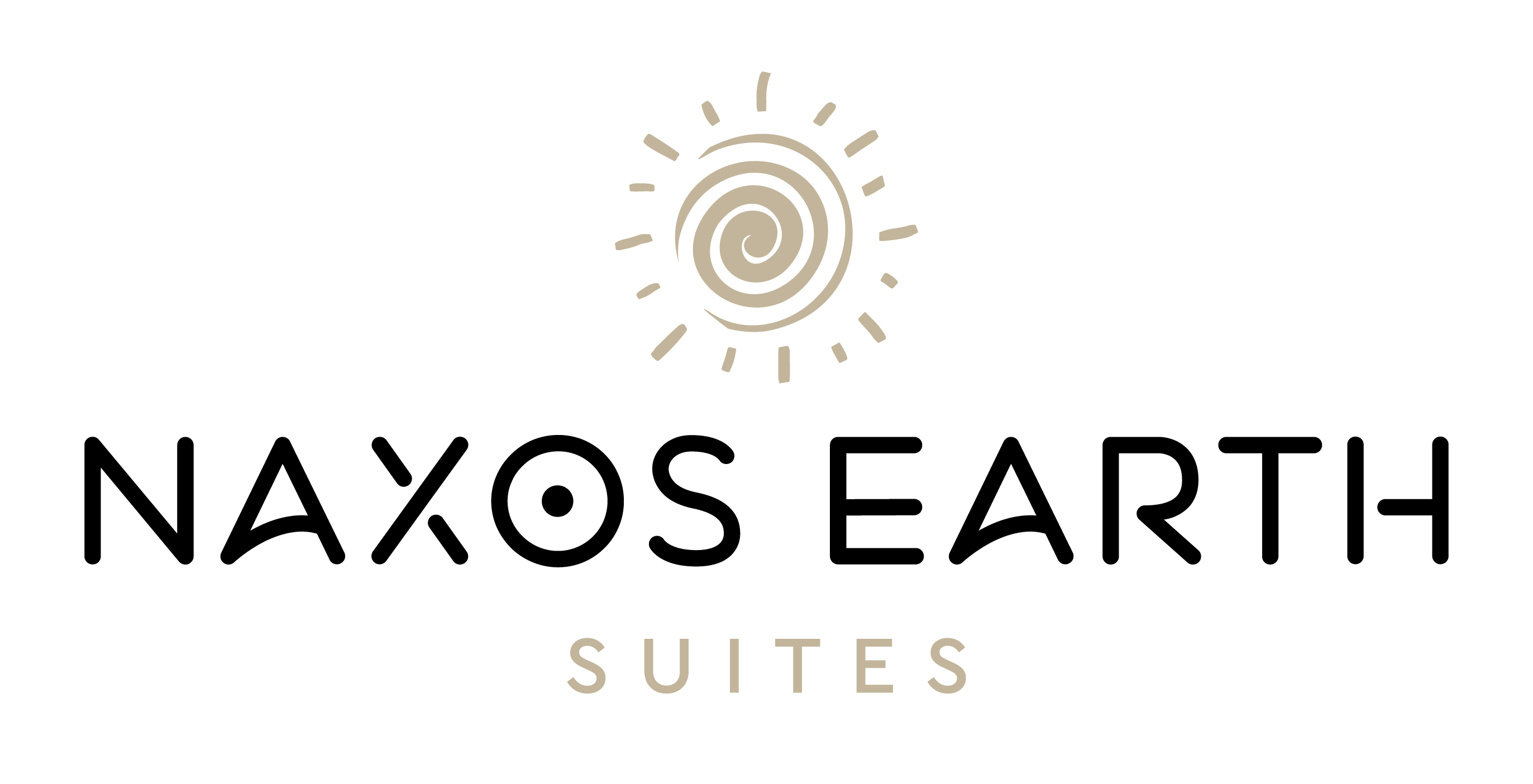The largest island of the Cyclades, if you visit it the beautiful images and memories will accompany you for a lifetime. Thanks to its size, Naxos can harmoniously combine many different characters, satisfying all the requirements and tastes of travelers.
About Naxos
NAXOS
BEACHES
SIGHTS
Portara – The ancient temple of Apollo. The trademark of Naxos and its most photographed sight is without a doubt Portara, the huge marble gate that can be seen from the ship even when entering the port. Portara is what remains of the temple of Apollo, which began to be built in the 6th – 7th century bc. but it was never completed. It is located high on the islet of Palatia and is joined to Chora by a path, making its access very easy for visitors. This huge creation dates back to the time of the tyrant Lygdamis and consists of four large pieces of local marble, each of which weighs about 20 tons and is 6 meters high. The sunset time is really ideal to enjoy it from this particular spot.. the colors of the sky combined with the ancient monument are truly breathtaking.
The giant Kouros in ApollonIn the ancient quarry of the seaside settlement of Apollon in Naxos there remains a fascinating archaeological treasure worth seeing! An oversized unfinished kouros, 11 meters long, dating to the 6th bc. century and is one of the examples of the marble sculpture art that flourished in antiquity at the site. The giant statue is abandoned on a hillside above the northern beach of Apollo. In particular, it lies a few meters from the main road and you will only need to climb a few steps up the hill to admire it up close. From the same point you will be lucky enough to enjoy the view towards the village of Apollonas below, as well as the endless blue of the Aegean. Temple of the Goddess Demeter in Gyroula, easily accessible by car, the Temple of the Goddess Demeter in the village of Gyroula is without a doubt an interesting attraction of Naxos. At a distance of 7 km from the suites of Elaeolithos, just outside the village of Sagri, this monument stands on a picturesque hill overlooking a fertile valley, from the Mycenaean archaic era. The way history combines with the natural landscape enchants the visitor! Excavations prove that the area was used for religious purposes, since the worship of the gods took place outdoors. The temple was built around 350 bc. with classical architecture and dedicated to Demeter, the goddess of the earth’s fertility. It is so imposing and in harmony with the environment that it is considered one of the most beautiful sights on the island. (In fact, it is rumored that the Parthenon is based on its architectural model). In absolute harmony with the landscape is the very special museum that operates under the archaic sanctuary. There you will have the opportunity to admire parts of the pediment, the roof of the temple, part of the interior columns, statues of kura and inscriptions with dedications to the gods… all finds of the excavations that indicate the importance of the place and help us understand the worship of the gods in ancient times. The outdoor areas are always open and visitable, but the museum is only open Tuesday – Sunday, 8.30 a.m. with 3 p.m.




